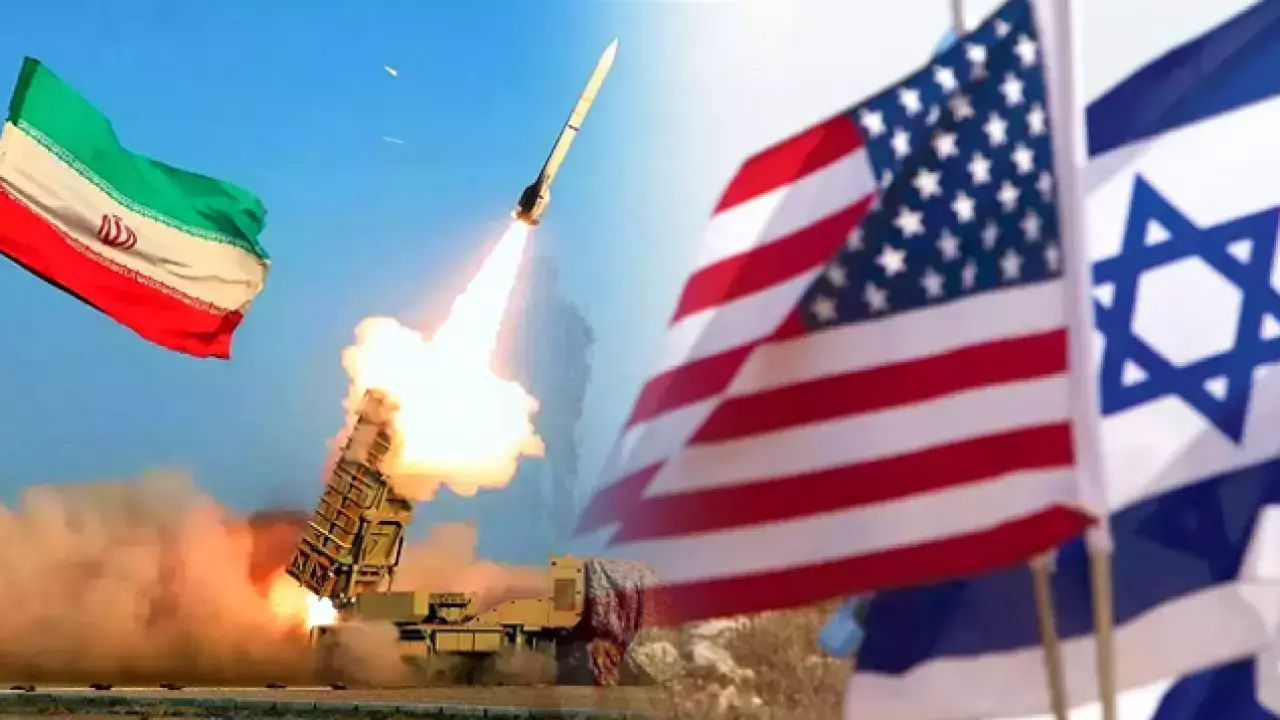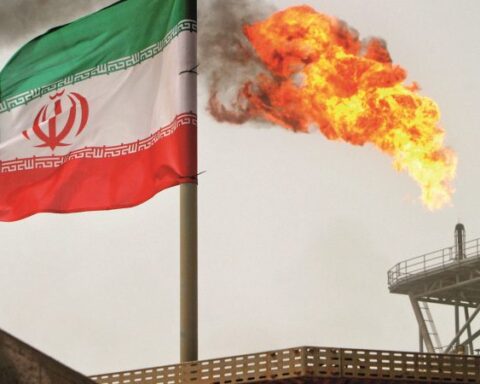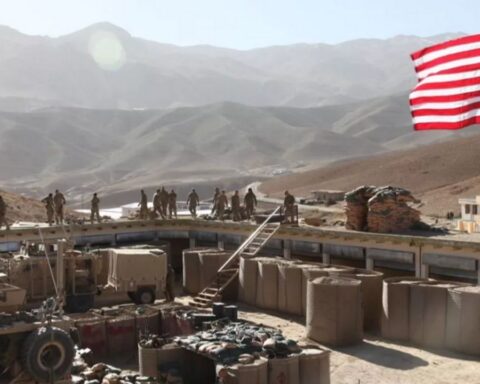Iran’s government is in big trouble.
Twelve days of war earlier this summer demonstrated that Iran has little capacity to defend its cities or its nuclear facilities from Israeli and US strikes.
Meanwhile, its most potent proxies — Hamas, Hezbollah, and Yemen’s Houthi rebels — have taken bad beatings over the past year. Former Syrian dictator Bashar al-Assad, Iran’s principal state ally in the Middle East, now lives in Moscow rather than Damascus.
And within Iran, no one knows exactly what will happen when the ailing 86-year-old supreme leader makes his final exit. Everyone in a position of power in Iran must wonder how a succession, which the country hasn’t experienced in 36 years, will affect his influence, power, and access to wealth. And simmering beneath all of that, the risk of civil unrest inside Iran is always present – it can be triggered by a single incident on the street or inside a police station.
But the regime still has a not-so-secret weapon, and it’s precisely the one that Israel and the United States attacked in June.
Despite those airstrikes, Iran still appears to have a nuclear program, though how much of one remains a matter of dispute. Just after the attacks, President Donald Trump called the US strikes “a spectacular military success” that had “completely and totally obliterated” Iran’s most important enrichment facilities. A US intelligence report published on July 17 asserted that 12 bunker-busting bombs dropped from US B-2 bombers had severely degraded Iran’s enrichment facility at Fordo and inflicted significant damage on other sites.
But other damage assessments have raised doubts about these conclusions. The Center for Strategic and International Studies, a think tank, said at the beginning of July that it was “highly speculative” to estimate Iran’s new breakout time (the time needed to produce enough highly enriched uranium to make one nuclear weapon), and assessed that, while “Iran has lost centrifuges at the three facilities that suffered damage, it also likely has an undeclared stockpile of centrifuges.”
The bottom-line: Iran still has options. If its leaders want to try for a bomb, they almost certainly can. And Iran’s wounded and humiliated regime now has every reason to race to build the only weapon that can guarantee its security.
If they do, that could force a big decision on Trump and Israeli Prime Minister Benjamin Netanyahu: whether to take down the Iranian government itself. In the closing hours of the operation in June, Israeli fighter jets struck the headquarters of the paramilitary militia of the Islamic Revolutionary Guard Corps, killing hundreds of its members. That’s a direct attack on the core of the regime — and a reminder of what’s possible if Iran’s leaders try to rebuild the nuclear program.
Whether the next Iran-related emergency involves an even more destructive and direct US-Israeli attack on Iran, or a surge of destabilizing unrest inside the country, or both, we may remember June’s “12-day war” as the opening act of a much more consequential drama.
But one thing is nearly certain: the catastrophic events of the past two years have likely made a nuclear weapons program more valuable for Iran’s leaders, not less.
Source: https://www.gzeromedia.com/news/analysis/irans-next-act






